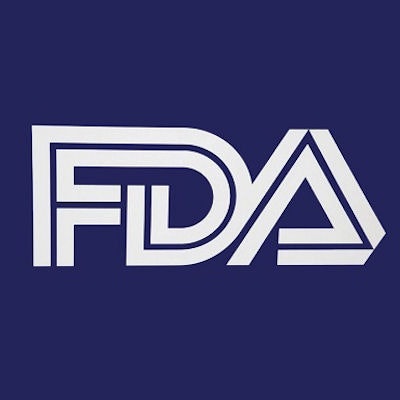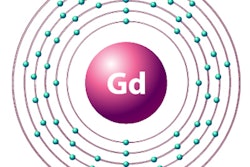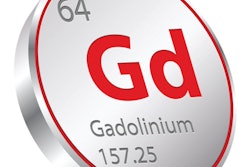
The U.S. Food and Drug Administration (FDA) in April published revised product labeling for linear and macrocyclic gadolinium-based contrast agents (GBCAs). The new labeling includes a section on gadolinium retention.
The agency's action is the result of a September 2017 recommendation from its Medical Imaging Drugs Advisory Committee (MIDAC) to update prescribing information for GBCAs to include a warning about gadolinium retention in certain organs and tissue.
The FDA followed MIDAC's lead in a December 2017 directive that required GBCA manufacturers to update their labels with the gadolinium retention warning.
The labeling includes information about several conditions related to GBCA administration, including nephrogenic systemic fibrosis, acute kidney injury, and gadolinium retention. With respect to gadolinium retention, the labeling notes that linear agents "cause more retention" than macrocyclic agents.
It also states that retention varies among linear agents, with Omniscan and Optimark leading to more retention than Eovist, Magnevist, and MultiHance. Retention rates are lowest among macrocyclic agents and are similar between Dotarem, Gadavist, and ProHance.
The labeling further notes that the clinical impact of gadolinium retention is still unknown and caution should be taken.
"While clinical consequences of gadolinium retention have not been established in patients with normal renal function, certain patients might be at higher risk," it states. "These include patients requiring multiple lifetime doses, pregnant and pediatric patients, and patients with inflammatory conditions."
Information is available on each of the following GBCAs:
- Gadoterate meglumine (Dotarem, Guerbet)
- Gadoxetate (Eovist, Bayer HealthCare)
- Gadobutrol (Gadavist, Bayer)
- Gadopentetate dimeglumine (Magnevist, Bayer)
- Gadobenate dimeglumine (MultiHance, Bracco Imaging)
- Gadodiamide (Omniscan, GE Healthcare)
- Gadoversetamide (Optimark, Guebert)
- Gadoteridol (ProHance, Bracco)


.fFmgij6Hin.png?auto=compress%2Cformat&fit=crop&h=100&q=70&w=100)





.fFmgij6Hin.png?auto=compress%2Cformat&fit=crop&h=167&q=70&w=250)











